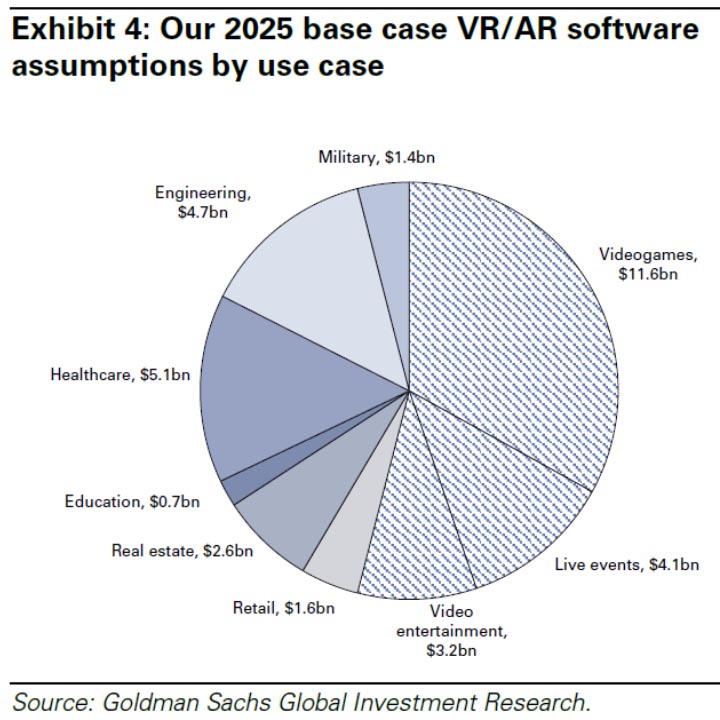RANDOM POSTs
-
Riot ‘Arcane’ – the Priciest Animated Series Ever
Read more: Riot ‘Arcane’ – the Priciest Animated Series EverSources familiar with details of the production pegged the cost of the first nine 40-minute episodes at north of $80 million; the second batch of nine about to air has a price tag approaching $100 million. What drove the cost far beyond typical animation expenses, insiders say, were both a labor-intensive approach and frequent cost overruns triggered by delayed script deliveries after the second season was put into production with only a fraction of the season written.
But even more eyebrow-raising than the production cost was that Riot spent $60 million of its own money to promote the first season of “Arcane,” exponentially more than a studio would typically spend for a show it isn’t distributing — and far more than Netflix itself spent ($4 million per episode). Reps for the streaming service declined to comment for this article.
-
Python3 coding differences
Read more: Python3 coding differenceshttps://cv-tricks.com/how-to/developer-guide-to-key-differences-between-python-2-and-3/
-
- Print Statement
- input() function (returns a string in 3.x; under 2.x use raw_input instead)
- Unicode Literals
- Exceptions
- Rounding
- List comprehension
- Generators
- string.replace is not available anymore
- reload() should be replaced with import importlib; importlib.reload()
- As of Python version 3.7, dictionaries are ordered. In Python 3.6 and earlier, dictionaries are unordered but insertion ordered.
-
-
Akiyoshi Kitaoka – Surround biased illumination perception
Read more: Akiyoshi Kitaoka – Surround biased illumination perceptionhttps://x.com/AkiyoshiKitaoka/status/1798705648001327209
The left face appears whitish and the right one blackish, but they are made up of the same luminance.
https://community.wolfram.com/groups/-/m/t/3191015
Illusory staircase Gelb effect
https://www.psy.ritsumei.ac.jp/akitaoka/illgelbe.html -
How ‘Dune’ VFX supervisor Paul Lambert invented the Nuke’s Image Based Keyer
Read more: How ‘Dune’ VFX supervisor Paul Lambert invented the Nuke’s Image Based KeyerSo, what is the IBK keyer? The very non-technical answer to that is that the ‘image- based keyer’ is a proprietary keyer in Nuke that typically deals with classic bluescreen or greenscreen plates (that need keying) by recognizing that these plates do not always have uniform color coverage. We’ve all seen uneven blue and greenscreens; that’s one place where the IBK Keyer can come in handy.
-
Skydance Media Acquires Animation Madrid Unit of Ilion Studios
Read more: Skydance Media Acquires Animation Madrid Unit of Ilion Studiosvariety.com/2020/film/news/skydance-media-john-lassiter-ilion-studios-1234571810/
The acquisition gives animation chief John Lasseter control over all aspects of production. Skydance and Ilion, both of which are privately held, did not disclose a purchase price.
The deal will give Skydance roughly 500 employees across two continents. It comes as Lasseter is trying to transform the company into a major force in animation. That transformation has been bumpy, at times, primarily because Lasseter’s hire was controversial. Lasseter, the major creative force at Pixar and Disney Animation, was ousted from the company in 2018 amid allegations of sexual misconduct with employees.
-
OpenGlass – Open Source Smart Glasses
Read more: OpenGlass – Open Source Smart Glasseshttps://github.com/BasedHardware/OpenGlass
Turn any glasses into hackable smart glasses with less than $25 of off-the-shelf components. Record your life, remember people you meet, identify objects, translate text, and more.
COLLECTIONS
| Featured AI
| Design And Composition
| Explore posts
POPULAR SEARCHES
unreal | pipeline | virtual production | free | learn | photoshop | 360 | macro | google | nvidia | resolution | open source | hdri | real-time | photography basics | nuke
FEATURED POSTS
Social Links
DISCLAIMER – Links and images on this website may be protected by the respective owners’ copyright. All data submitted by users through this site shall be treated as freely available to share.






